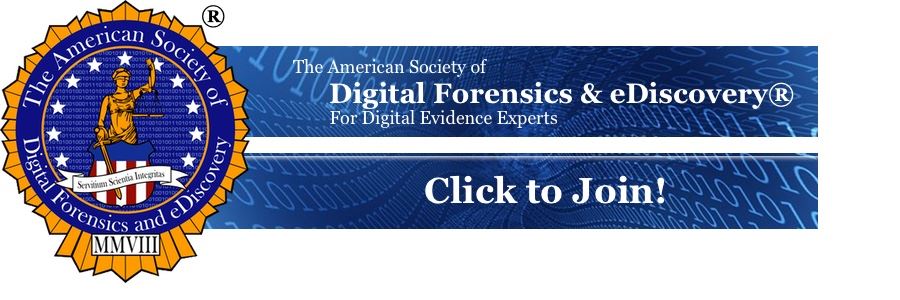-
-
Master File Table P
-
The Role of the Master File Table in Computer Forensics By Janet Smith IntroductionThe Master File Table (MFT) is a crucial component of the NTFS (New Technology File System), which is the primary file system used by Microsoft Windows operating systems. It acts as a structured index that maintains records of all files and directories on an NTFS-formatted volume. For forensic investigators, the MFT is a valuable resource for reconstructing digital activities, recovering deleted files, and uncovering potential evidence in cybersecurity investigations. Given its significance, a thorough understanding of the MFT is essential for digital forensic professionals. Structure and Function of the Master File Table The MFT functions as a relational database within the NTFS volume, where each file and directory receives a unique record. Each record contains important metadata about the file or directory, making it easier for the operating system to manage storage efficiently. Each MFT entry typically includes:
Importance of the MFT in Digital ForensicsForensic examiners rely on MFT analysis to gather crucial evidence in digital investigations. The MFT helps with: 1. Establishing a Timeline of File ActivityEach MFT record contains timestamps indicating when a file was created, modified, and last accessed. These timestamps allow forensic analysts to reconstruct user activities on a system, such as when a document was created or altered. 2. Recovering Deleted FilesWhen a file is deleted, Windows does not immediately erase its content. Instead, the MFT entry is marked as available for reuse while the actual data remains intact on the disk until it is overwritten. Forensic tools can retrieve these orphaned MFT entries, reconstruct file metadata, and, in some cases, restore the deleted content. 3. Detecting Anti-Forensic TechniquesCybercriminals often use anti-forensic methods to erase evidence, such as file wiping or timestamp manipulation. However, even if an attacker deletes a file, remnants of it may still exist in the MFT. Investigators can analyze inconsistencies in timestamps or detect traces of deleted files to uncover illicit activities. 4. Correlating Data with Other System ArtifactsThe MFT does not exist in isolation; it interacts with various other system artifacts, such as the Windows Registry, event logs, and Prefetch files. By correlating MFT records with these artifacts, forensic experts can build a more comprehensive picture of a user’s activities and the system’s state. Detailed Analysis of MFT EntriesEach file entry in the MFT consists of multiple attributes stored in a predefined format. Some of the most significant attributes include: |

